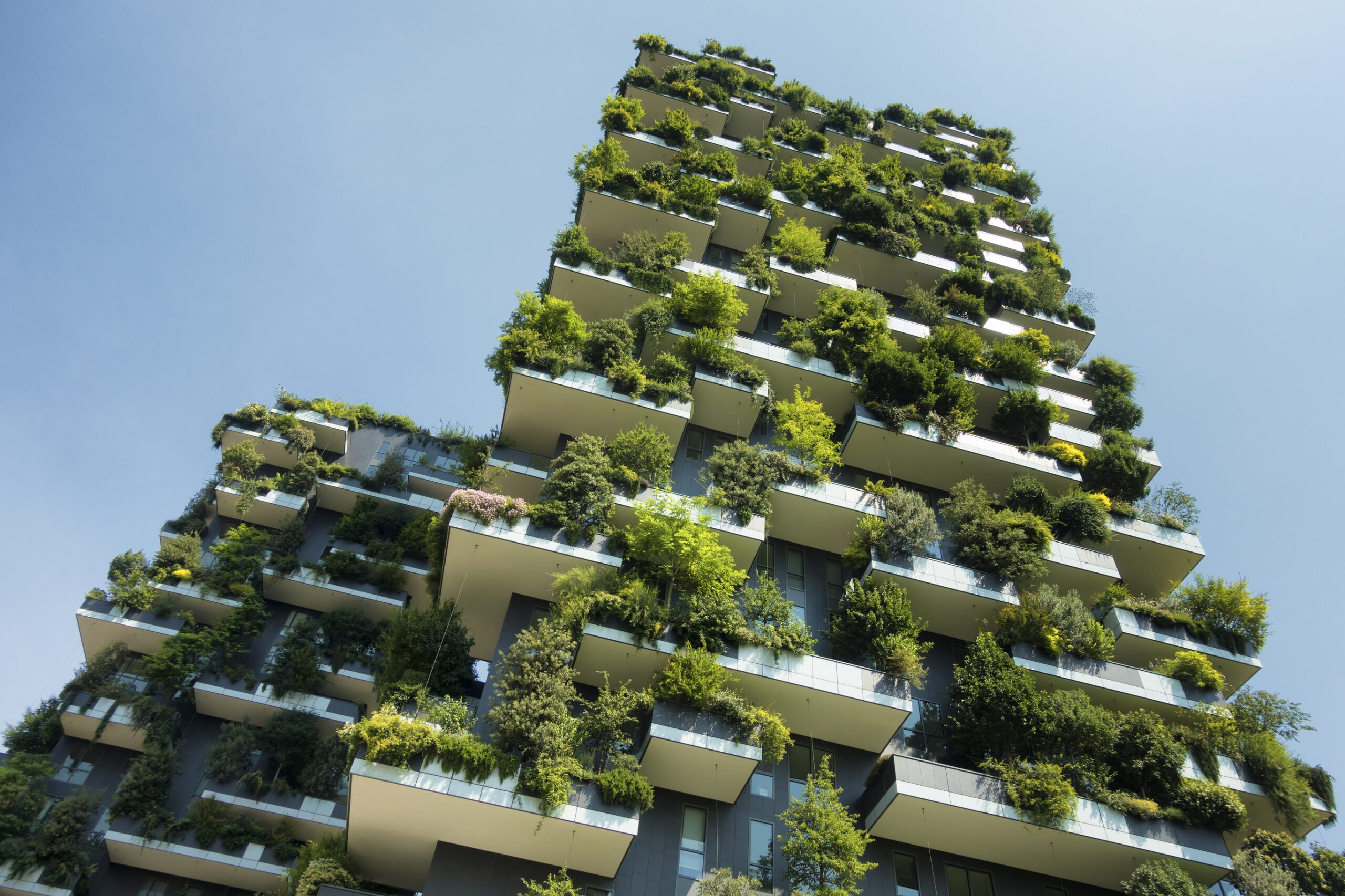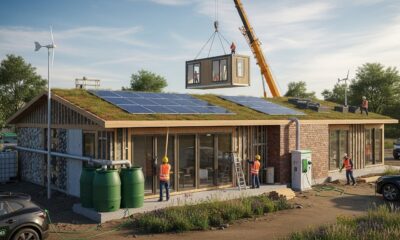

Sustainability
Best Sustainable Practices in the Construction Industry in 2024
The general concept of sustainability is here now, and it’s here to stay. Whether we’re talking about environmental sustainability-related measures or socially sustainable management processes, it’s not something that any industry can afford to ignore any longer.
Here, we take a more focused look to explore how sustainable practices are expected to evolve in the construction industry, trying to predict what we can expect for 2024.
Waste minimisation
One of the main ways that the construction industry can improve in the realm of sustainability is through engaging in waste minimisation practices.
This includes sorting through and recycling different parts of construction-related waste, making use of materials that would traditionally be discarded, and creating structures with these principles in mind.
While seemingly simple, this process involves more than just having multiple bins. You can bring it into multiple stages of the process, from architectural planning to the final stages of fitting a space out.
Preventative maintenance
While often overlooked in this regard, preventative maintenance can also have a surprisingly impactful positive effect on sustainability.
By ensuring that all machines are ready to operate when needed, delays can be kept at a minimum, helping to increase efficiency and sustainability overall.
Make sure you have a good parts supplier such as EPD Parts, so that you’re ready to repair and replace as and when necessary.
Sustainable materials
Another area that’s seen increasing levels of interest in recent years is the use of sustainable materials. Concrete for example has a terrible environmental impact, and to combat that, architects have designed and built huge structures using cross laminated timber (CLT).
In 2024, we can expect to see a range of innovative materials like CLT become increasingly mainstream. It’s important to keep an eye on industry journals, so that you can pick up on these trends before they fully hit the market.
Sustainability-focused community engagement
Increasingly, sustainability in construction is becoming more than about just the materials used to build the structure – it’s also recognising the need to focus on meaningful community engagement.
Particularly with larger structures, the end result can have a profound impact on how people interact with one another, changing the social landscape.
Creating structures with a socially sustainable impact on the local community is something that has been gaining more and more traction, and will likely inform more and more projects as we head into 2024.
Long-term sustainability
Last but not least, long-term sustainability. Structures aren’t simply ‘finished’ and then left alone – they require ongoing maintenance.
Long-term sustainability measures involve aiming to reduce the environmental impact of those maintenance processes, to create a building that will stand the test of time without needing extensive repair work.
Obviously, it’s difficult (if not impossible) to accurately predict the future. However, it’s fair to say that an increased focus on sustainability is by definition a certainty when it comes to the construction industry’s future.
It’s critical that businesses in the broader niche stay up to date with the latest developments, framing them not as costs, but instead as opportunities.


 Environment10 months ago
Environment10 months agoAre Polymer Banknotes: an Eco-Friendly Trend or a Groundswell?

 Environment11 months ago
Environment11 months agoEco-Friendly Home Improvements: Top 7 Upgrades for 2025

 Features9 months ago
Features9 months agoEco-Friendly Cryptocurrencies: Sustainable Investment Choices

 Features10 months ago
Features10 months agoEco-Friendly Crypto Traders Must Find the Right Exchange



























